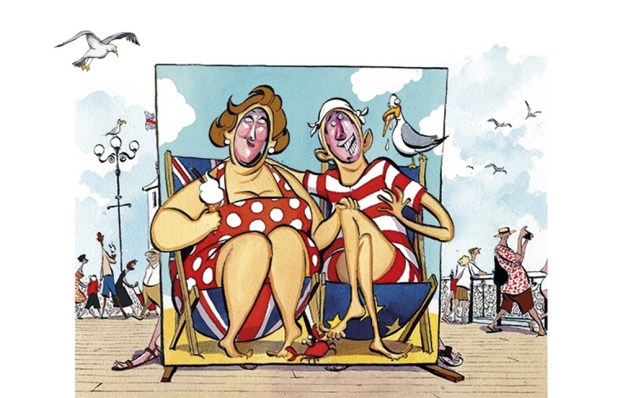Even though I fly a lot, I retain the notion that air travel should be treated as a special occasion for which one should dress accordingly.
Back in the day, if you showed up looking as though you’d made a bit of a sartorial effort, the check-in person might pick up the phone, announce to reservations that a Mr Sutherland was ‘SFU’, and would rip up your boarding pass to replace it with a nicer one.
Already a subscriber? Log in
Subscribe for just $2 a week
Try a month of The Spectator Australia absolutely free and without commitment. Not only that but – if you choose to continue – you’ll pay just $2 a week for your first year.
- Unlimited access to spectator.com.au and app
- The weekly edition on the Spectator Australia app
- Spectator podcasts and newsletters
- Full access to spectator.co.uk
Or
Unlock this article
You might disagree with half of it, but you’ll enjoy reading all of it. Try your first month for free, then just $2 a week for the remainder of your first year.















Comments
Don't miss out
Join the conversation with other Spectator Australia readers. Subscribe to leave a comment.
SUBSCRIBEAlready a subscriber? Log in